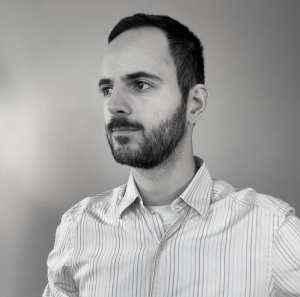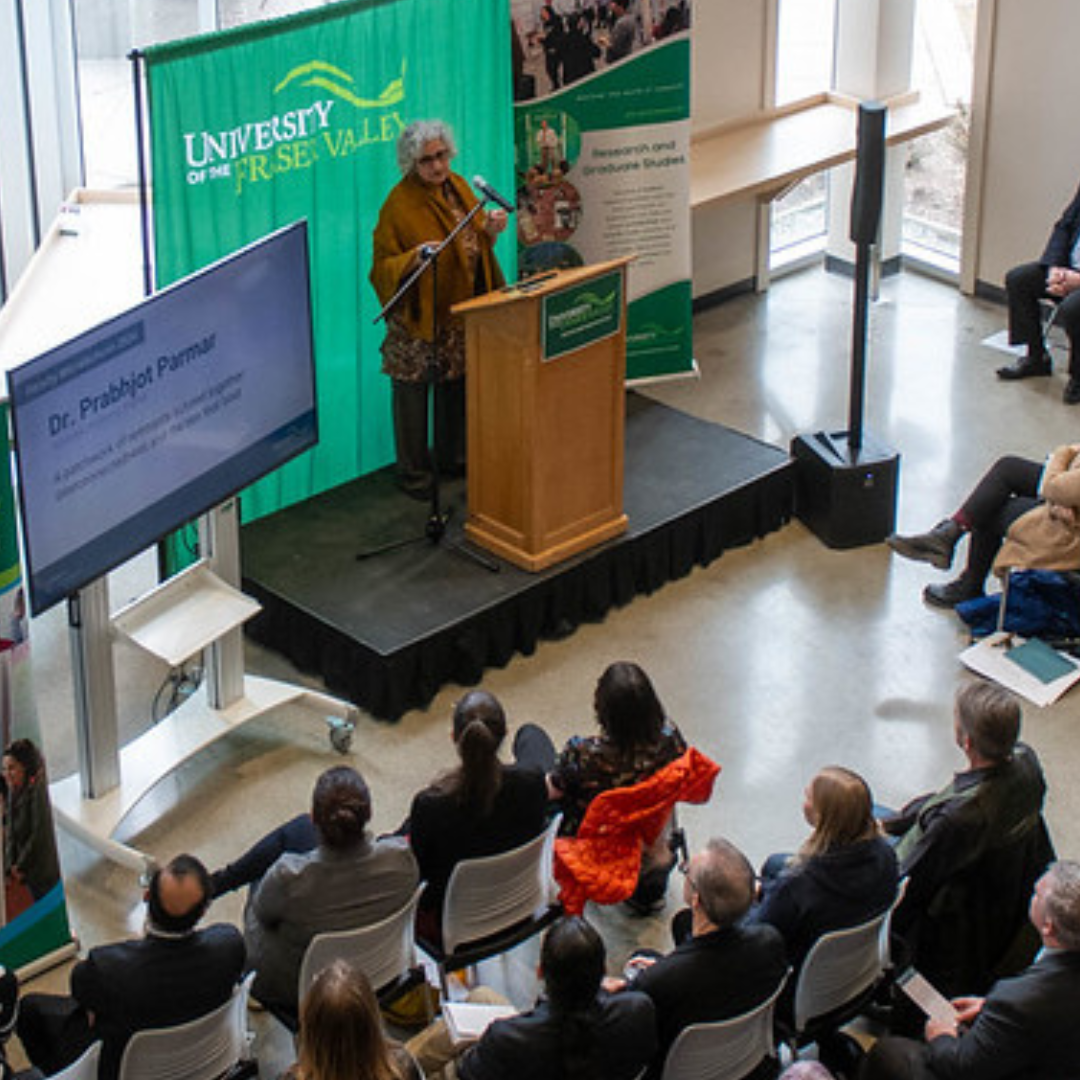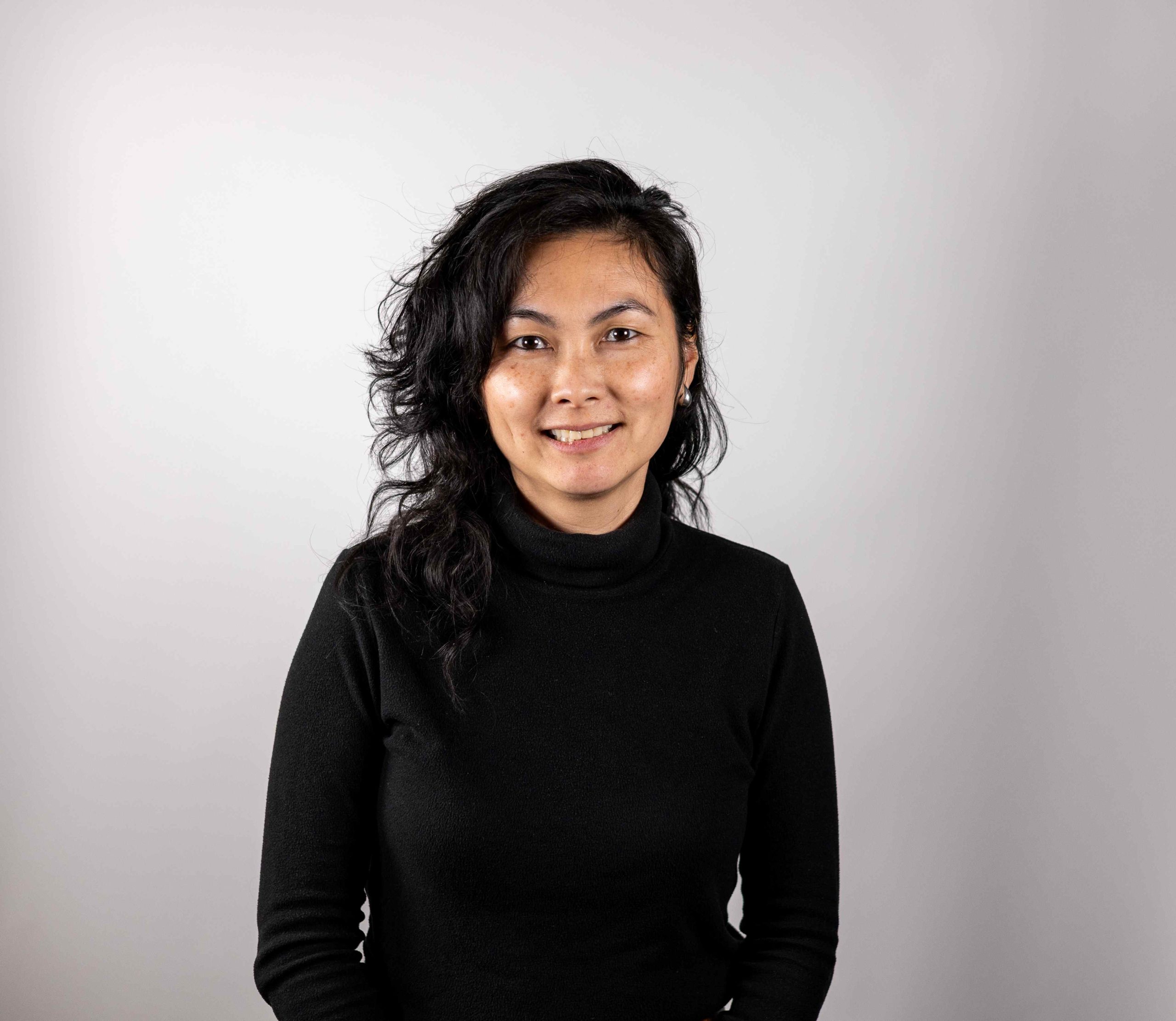Telling difficult truths: Dr. Nawal Musleh-Motut’s mission to decolonize media
Featuring: Dr. Nawal Musleh-Motut – Assistant Professor, Media and Communication
From classrooms to critical resistance, Dr. Nawal Musleh-Motut brings both vision and voice to the study of media and communication. A scholar, teacher, and advocate with deep roots in decolonial and social justice pedagogy, she challenges students not only to learn about the world—but to help change it.
Nawal joins the School of Culture, Media, and Society at the University of the Fraser Valley (UFV) as an Assistant Professor of Media and Communication, offering courses like “Decolonizing Media,” “Storytelling, Photography, and Resistance,” and “Gender and Media.” Her research is shaped by lived experience, and her teaching is grounded in care, critique, and courage.
In this conversation, Nawal shares her journey as an educator, the driving forces behind her research, and the words she carries into every classroom.
College of Arts: Could you start by sharing a bit about your journey as an educator?
Nawal: Prior to joining UFV, I spent eleven years teaching undergraduate research, media, and communication courses grounded in decolonial, critical race, and intersectional social justice theory and practice.
As an educator, my main goal is to equip diverse students with the ability and confidence to apply communication and media related theories, methods, and practical skills through a decolonizing, anti-racist, and socially just lens, both inside and outside of the university.
Thankfully, I’ve been successful in achieving my teachings goals across a wide range and level of interdisciplinary undergraduate courses, but I’m constantly striving to advance my understanding and application of educational theory and practice.
For example, my postdoctoral research highlights the dangers and counters the consequences of institutional performances of equity, diversity, and inclusion, which support the neocolonial and neoliberal status quo, by creating decolonial and just futurities through teaching and learning – that is, by imagining what such a future might look like and then working to create it in the present using the pathways, tools, and resources currently available to us.
Two major components of this research were the Decolonial Teaching and Learning Seminar Series and the Decolonizing and Indigenizing STEM Website, in which my student research assistants and I helped faculty members apply decolonial thinking and doing to their own learning and teaching.
I’m excited to apply the lessons learned from this project to my teaching, research, and service at UFV.
CoA: What inspired you to specialize in your field?
Nawal: My research, writing, and teaching are all influenced by my lived experience as a Settler of Palestinian descent. My family left our homeland to avoid living under occupation, but this meant that we came to occupy unceded Indigenous land. As a result, I’ve come to develop a kind of double vision shaped by two instances of settler colonialism. It’s enabled me to critically reflect on my privileged position and responsibilities as a Canadian Settler, while simultaneously binding me in solidarity with Indigenous struggles for decolonization, sovereignty, and justice.
Experiences like mine and countless others are significant to media and communication studies, as it’s through narrative and images that settler colonial power is both sustained and, most importantly, resisted.
CoA: What do you hope your students take away from your classes?
Nawal: Again, I really want my students to gain the confidence to apply what they’re learning in my courses, both inside and outside of the university. This includes nurturing critical thinking and media literacy skills, as well as empathy for and solidarity with those experiencing discrimination, oppression, and/or injustice.
CoA: Reflecting on your career thus far, what has been the most rewarding aspect of being an educator?
Nawal: I love working closely with students to critically grow their knowledge of themselves, others, and the world and then watching them use their learning to create a generative life for all.
CoA: If you could leave a lasting message or piece of advice for your students and community, what would it be?
Nawal: My late Masters supervisor, Dr. William L. Cleveland, always told me that “the beautiful things are difficult.” Although I think the phrase originates from an ancient Greek proverb, he meant that the most significant and rewarding things you’ll do in life will also be the most challenging and risky. He was right! It’s undoubtedly the best and most inspiring advice I’ve ever received, and it continues to motivate not only my research, writing, and teaching, but also my entire life.
Dr. Nawal Musleh-Motut brings more than knowledge to the classroom—she brings vision. In her work, media becomes a mirror, a window, and a tool for change. Her teaching isn’t just about information—it’s about imagination, resistance, and the courage to build better futures.
Through her courses at UFV, students are not only invited to examine the world—but to shape it.





 Featuring: Susan Hampton (Sue), Assistant Professor of Arts and Integrated Studies
Featuring: Susan Hampton (Sue), Assistant Professor of Arts and Integrated Studies



 Featuring: Marcia Higuchi – Assistant Professor, Graphic and Digital Design
Featuring: Marcia Higuchi – Assistant Professor, Graphic and Digital Design

 In January 2025, Dr. Kelsey Blair joined the UFV School of Communication as the new Assistant Professor – Indigenous Communication Specialist. Welcome, Dr. Blair!
In January 2025, Dr. Kelsey Blair joined the UFV School of Communication as the new Assistant Professor – Indigenous Communication Specialist. Welcome, Dr. Blair!
